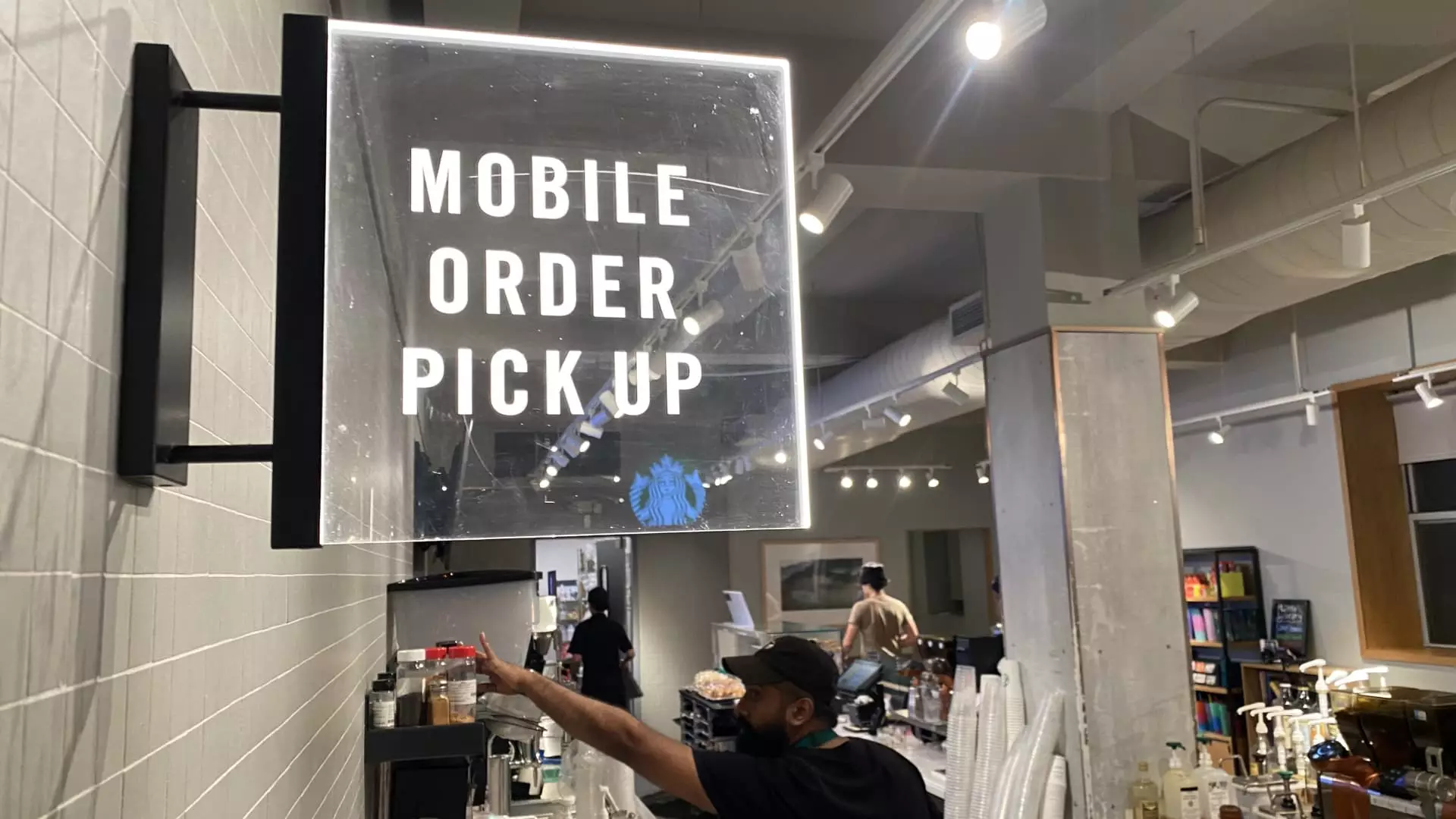Starbucks, the renowned coffee giant, is facing a myriad of operational challenges that are impacting its sales and customer service. The influx of mobile orders, long wait times, and overwhelmed baristas have been identified as major issues plaguing the company. As Brian Niccol prepares to take on the role of CEO, the pressure is on to tackle these challenges head-on and turn around the struggling coffee giant.
One of the central issues plaguing Starbucks is the overwhelming number of mobile orders that flood its cafes on a daily basis. These orders, which account for approximately one-third of the total sales, tend to be more complicated and time-consuming for baristas to fulfill. The addition of customizations such as cold foam or syrups, while profitable for Starbucks, result in longer wait times and frustrated customers. This growing reliance on mobile orders has shifted the dynamic of Starbucks cafes, steering away from the traditional “third place” ambiance that Howard Schultz initially envisioned for the brand.
Despite the surge in mobile ordering, Starbucks failed to make significant adjustments to its operations to accommodate this shift in consumer behavior. The lack of foresight and anticipation of technological advancements have put the company in a challenging position. Previous CEOs, including Schultz and Kevin Johnson, struggled to keep up with the evolving demands of digital orders, leading to operational bottlenecks and customer dissatisfaction. The failure to invest in technology and streamline operations has hindered Starbucks from providing efficient service to its customers.
As Niccol gears up to take the reins at Starbucks, the focus must be on streamlining operations, improving service efficiency, and enhancing the overall customer experience. One of the key areas of concern is reducing wait times and congestion in stores, particularly during peak hours. By implementing changes to make mobile orders more efficient, Starbucks can alleviate the strain on baristas and enhance the in-store experience for customers. The introduction of new equipment and processes, such as the “Siren Craft System,” is a step in the right direction, but more drastic measures may be required to address the underlying operational challenges.
Niccol’s experience at Chipotle, where he successfully boosted digital sales and streamlined operations, offers valuable insights for his new role at Starbucks. Chipotle’s proactive approach to digital orders, including the installation of dedicated prep lines and drive-thru lanes for online pickups, has set a precedent for efficient service in the fast-casual dining industry. Embracing automation, implementing strategic promotions, and focusing on digital innovation could be key strategies for Starbucks to revamp its operations and regain its competitive edge in the market.
Starbucks is at a pivotal moment in its history, facing pressing operational challenges that require immediate attention and action. By prioritizing service efficiency, addressing mobile order issues, and investing in technology, Starbucks can pave the way for a successful turnaround under the leadership of Brian Niccol. The road ahead may be challenging, but with the right strategies in place, Starbucks has the potential to reclaim its position as a beloved and thriving coffee destination for customers worldwide.

Leave a Reply